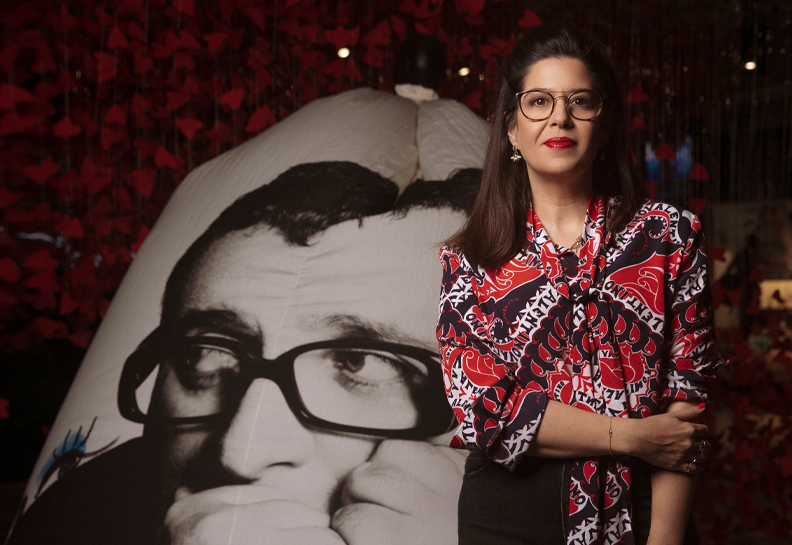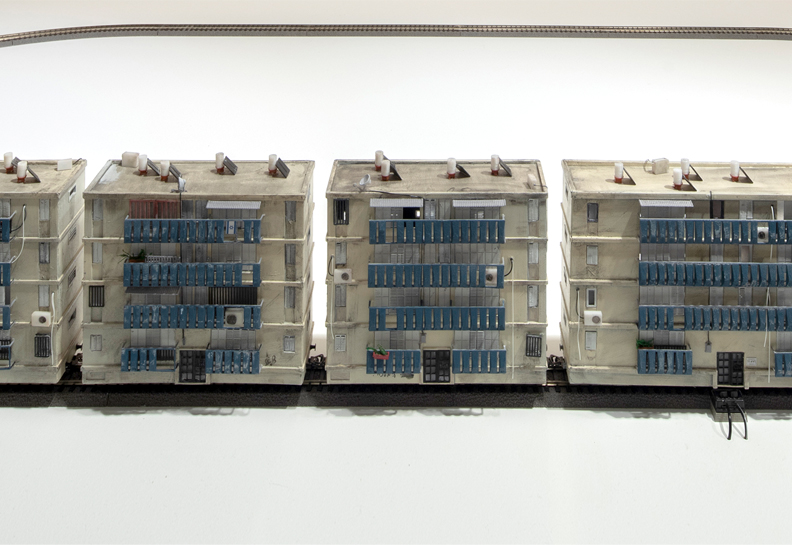An interview with Galit Gaon about the Curating Design course, the fruits of which – interpretations of the concept of the New Olds exhibition – can now be seen at the Museum.
An interview with Galit Gaon about the Curating Design course, the fruits of which – interpretations of the concept of the New Olds exhibition – can now be seen at the Museum.The Museum hosted design students from the About Design and Design Management MA programs at Bezalel Academy of Arts and Design during their second semester.During the course Curating Design the students engaged in reading, analyzing, collecting, editing, sorting and selecting works by designers – with reference to a structured curation text, an exhibition space, visitors, and the visiting experience.The text selected for the semester was the introduction to the exhibition New Olds by its curator, Volker Albus. The exhibition is currently showing at the Museum (26/5/11 – 10/9/11). In the course of the semester the students monitored the editing, translation, intake, and design process of the exhibition at the Museum. Showing in the corridor between the Upper and Lower Galleries at the Museum are the students’ interpretations of the concept of New Olds by means of objects other than those showcased in the exhibition. The students were asked to present beside each new object the old object that serves as its reference.
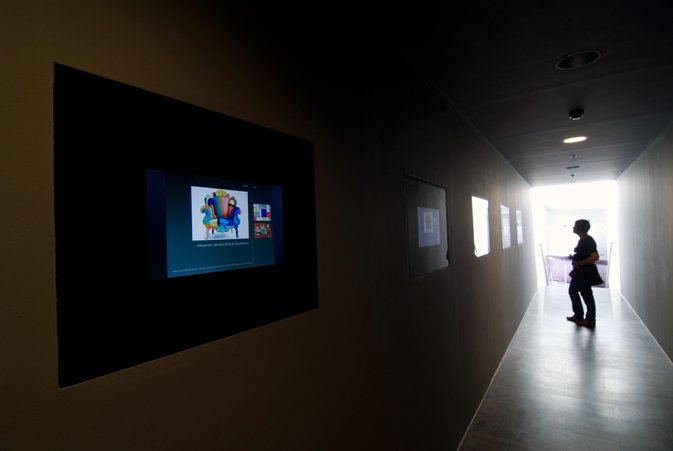
The course was taught by Galit Gaon, the Museum’s chief curator, after being approached by Ilanit Kabessa, coordinator of the Bezalel MA program. “Aside from sharing knowledge and the opportunities the Museum provides for the young designers, we wanted to see which of the students could expand their field of interest on the one hand, and who could go on to study curating or museum design on the other”, says Galit.How does a lab like this operate in a museum?We began with the question: What is a museum, and what makes it superior to a gallery? The distinction isn’t clear for the young audience, and it was important to define some preliminary and fundamental differences for the remainder of the course; the aims and character of an exhibit in a museum, a museum’s rate of reaction and evaluation in contrast with a gallery. If a gallery is an agile panther that can react swiftly, a museum is like a slow brontosaurus with a long neck that enables it to see to great distances.During the semester we visited museums, conducted observations and discussions about architecture and design, about permanent vs. traveling exhibitions, and we discussed the visitor’s experience from every possible angle. Together we examined how long people listen for, are they patient, how they behave when they walk through different types of space. The design students had never experienced the other side of the fence, since it is their works that will be showcased in a museum in the future. We particularly engaged in practicing their way of thinking, changing their viewpoint from one of: What I am exhibiting – an object; to: Who I am exhibiting for – the visitor.
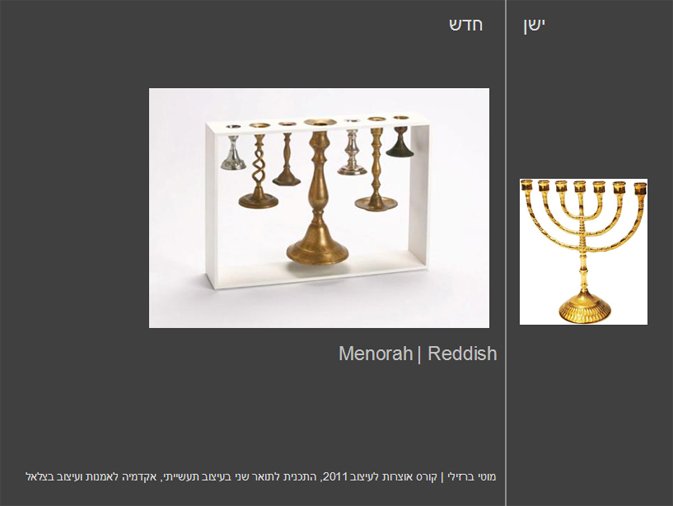
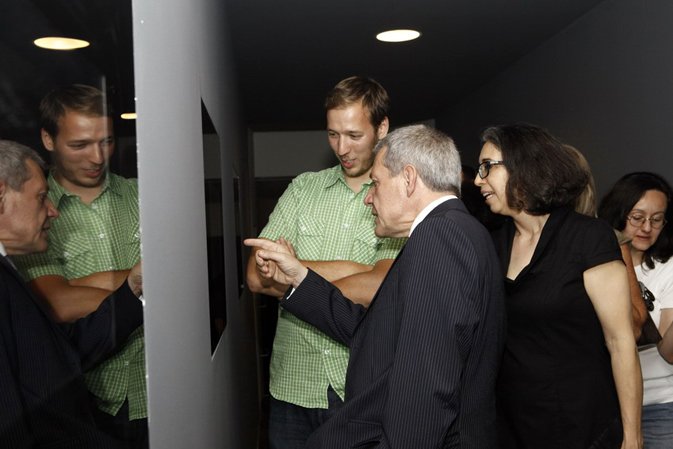
Would the exhibition have been better had the objects they chose been included in it?Usually, when a curator devises an exhibition he initially collects around a theme or preliminary idea, and then writes the long and detailed academic text. Often, it is only after you’ve finished formulating the exhibition that you suddenly discover all the additional objects you could have included in it. And then we face the issue of reduction, precision, and of course questions of time and place. When Volker Albus and I saw some of the objects in the students’ presentation, we said to one another: We could have included that one. In this respect an exhibition never ends.That’s why an exhibition will always be good within the constraints of time and place.
